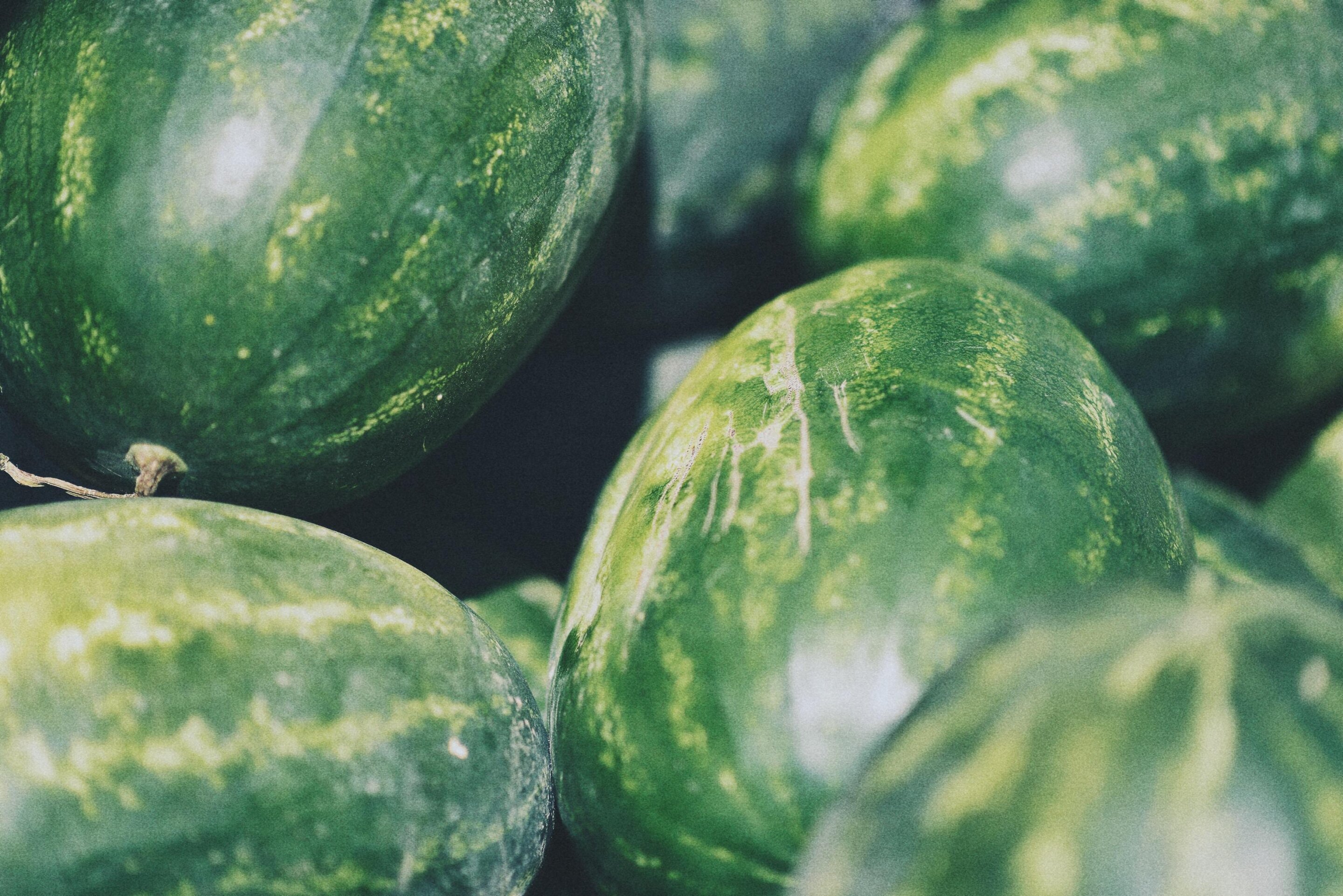#Watermelons actually came from northeast Africa

“#Watermelons actually came from northeast Africa”

Just in time for picnic-table trivia, a new study published in the Proceedings of the National Academy of Sciences rewrites the origins of domesticated watermelons.
Using DNA from greenhouse-grown plants representing all species and hundreds of varieties of watermelon, scientists discovered that watermelons most likely came from wild crop progenitors in northeast Africa.
The study corrects a 90-year-old mistake that lumped watermelons into the same category as the South African citron melon. Instead, researchers, including a first author now at Washington University in St. Louis, found that a Sudanese form with non-bitter whitish pulp, known as the Kordofan melon (C. lanatus), is the closest relative of domesticated watermelons.
The genetic research is consistent with newly interpreted Egyptian tomb paintings that suggest the watermelon may have been consumed in the Nile Valley as a dessert more than 4,000 years ago.
“Based on DNA, we found that watermelons as we know them today—with sweet, often red pulp that can be eaten raw—were genetically closest to wild forms from west Africa and northeast Africa,” said Susanne S. Renner, honorary professor of biology in Arts & Sciences at Washington University.
Renner is an evolutionary biologist who recently joined Washington University after 17 years working as a professor at Ludwig Maximilian University in Munich, Germany, where she also served as the director of the Munich Botanical Garden and Munich herbarium.
Her lab has long focused on honey melons and cucumbers, but for the past 10 years she has turned to watermelons and bitter gourds.
The genetic information published in the new study—completed with colleagues from the U.S. Department of Agriculture in Ithaca, New York; the Royal Botanic Gardens, Kew in London; and the University of Sheffield—could be useful for developing a more disease-resistant watermelon crop, Renner said.
“Today’s watermelon comes from a very small genetic stock and is highly susceptible to diseases and insect pests, including various mildews, other fungi, viruses and nematodes [worms],” Renner said. “So far, we found variation in three disease resistance genes between the Kordofan melon and the domesticated watermelon. Breeders might use these and other insights from the genome.”
But some of the greatest takeaways from this study, Renner said, are related to the mobility of people and their cultural connections.
“It was the Egyptian tomb paintings that convinced me that the Egyptians were eating cold watermelon pulp,” Renner said. “Otherwise, why place those huge fruits on flat trays next to grapes and other sweet fruits?”
“Melons, cucumbers and watermelons were domesticated several times” across human history, she said. “But to place these domestications in space and name is much more difficult than I thought 10 to 15 years ago. DNA from ancient seeds is already beginning to help.”
Susanne S. Renner el al., “A chromosome-level genome of a Kordofan melon illuminates the origin of domesticated watermelons,” PNAS (2021). www.pnas.org/cgi/doi/10.1073/pnas.2101486118
Citation:
A seedy slice of history: Watermelons actually came from northeast Africa (2021, May 24)
retrieved 24 May 2021
from https://phys.org/news/2021-05-seedy-slice-history-watermelons-northeast.html
This document is subject to copyright. Apart from any fair dealing for the purpose of private study or research, no
part may be reproduced without the written permission. The content is provided for information purposes only.
If you liked the article, do not forget to share it with your friends. Follow us on Google News too, click on the star and choose us from your favorites.
For forums sites go to Forum.BuradaBiliyorum.Com
If you want to read more Like this articles, you can visit our Science category.



